Teva told the Wall Street Journal, on 3 May 2011 that its injectables facility in the US, which was shut down a year ago after quality control problems, has now received the green light from the FDA and has restarted production.
Teva finally gets troubled Irvine plant back in action
Home/Pharma News
|
Posted 20/05/2011
 0
Post your comment
0
Post your comment
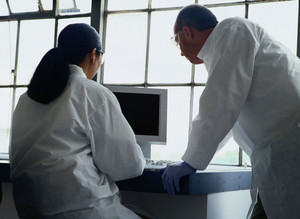
The Irvine plant first faced difficulties back in 2009, when Teva recalled more than 57,000 bottles of injectable propofol after 41 reports of patients falling ill with flu-like symptoms. Some of the recalled vials of the sedative were found to be contaminated with endotoxin bacteria, which resulted in several lawsuits being filed over the drug. A warning was received from the FDA about violation of good manufacturing practice regulations.
The Israel-based drugmaker had axed all 200 jobs at the facility in January 2011 amid fears that the company would stop all production at the site.
Closure of the Irvine facility saw US$230 million shaved off Teva’s US$16.1 billion sales last year. A company spokeswoman said that it would take most of 2011 to restore injectables production at the plant to pre-closure levels.
This must come as a relief to Teva, which paid US$3.4 billion to acquire the plant’s US-based owner, Sicor, in 2004.
Related articles
Source: Wall Street Journal
Guidelines
Canada poised to remove requirement for Phase III trials for biosimilars
European position paper on AI in medicinal product lifecycle
Policies & Legislation
DIGEMID’s 45-day auto-approvals trigger safety warning
ANVISA and Danish Medicines Agency renew health regulatory collaboration
New denosumab and ustekinumab biosimilar launches in US, Canada and Japan
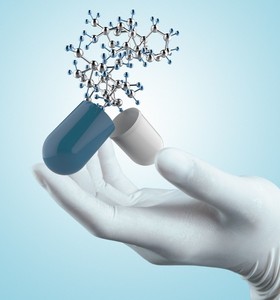
Home/Pharma News Posted 10/07/2025
Alvotech partnerships and acquisition: Dr Reddy’s, Advanz, Xbrane

Home/Pharma News Posted 30/06/2025
The best selling biotechnology drugs of 2008: the next biosimilars targets





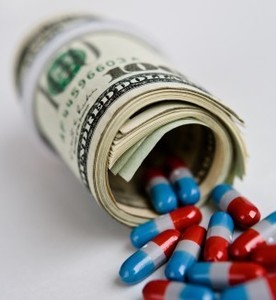
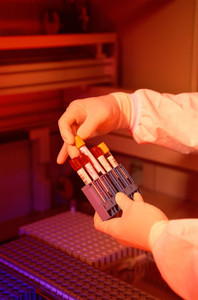
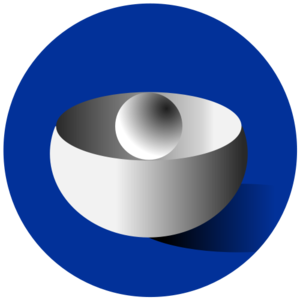
Post your comment